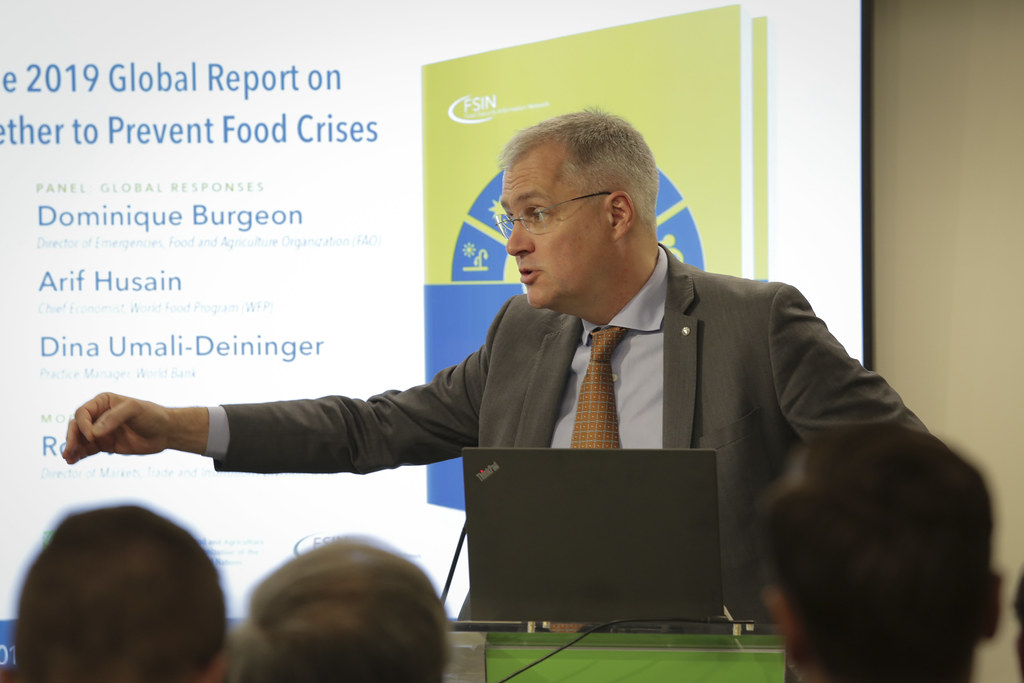Context:
According to the 2024 Global Report on Food Crisis (GRFC), Nearly 282 million people faced high levels of acute Food Insecurity in 59 countries in 2023.
Key Findings
- Acute hunger remains persistently high in 59 countries with 1-in-5 people assessed in need of critical urgent action.
- GRFC 2024 confirms the enormity of the challenge of achieving the goal of ending hunger by 2030.
- Extreme weather events and conflict/insecurity emerged as major drivers of acute food insecurity in 2023.
Global Report on Food Crisis (GRFC)
- GRFC is produced by Food Security Information Network (FSIN) and launched by Global Network Against Food Crises (GNAFC),
- a multistake holder initiative that includes United Nations agencies, the European Union, the United States Agency for International Development and non-governmental agencies working to tackle food crises.
Acute Food Insecurity Statistics:
- In 2023, nearly 282 million people across 59 countries faced high levels of acute food insecurity.
- This figure remained persistently high at almost 22% of the assessed population for four consecutive years, surpassing pre-COVID-19 levels.
- Conflict/insecurity directly affected 135 million people in 20 countries, notably Palestine (Gaza Strip) and Sudan.
- Weather extremes impacted over 72 million people in 18 countries, exacerbated by El Nino conditions and climate change-related phenomena.
Reasons behind Food Crisis:
Regional Impact:
- Gaza Strip experienced the most severe food crisis in the last eight years.
- Sudan faced one of the world’s worst food crises, with almost a third of the population requiring emergency food aid.
- Southeastern Sudan, a vital grain-producing region, suffered due to armed conflict, threatening national food security.
Displacement and Food Insecurity:
- Conflict in Sudan and Gaza led to a record-high of 90 million forcibly displaced people across 59 countries.
- Sudan became the world’s largest internal displacement crisis, while 80% of Gaza’s population was internally displaced.
- Integrated Food Security Phase Classification (IPC) analysis warned of imminent famine in North Gaza, with catastrophic acute food insecurity affecting half of the population.
- According to IPC analysis, approximately 1.1 million people were estimated to be in Phase 5 (catastrophic acute food insecurity).
Economic Shocks and Food Insecurity:
- Economic shocks were the third main driver in 21 countries, affecting over 75 million people.
- Low-income and import-dependent countries were particularly vulnerable, with decreasing global food prices failing to alleviate food insecurity.
Response and Recommendations:
- The urgent need required for a transformative response to address underlying causes of food insecurity and malnutrition.
- Despite challenges, food security improved in 17 countries, resulting in 7.2 million fewer people facing acute food insecurity.

